Warded and Lever Locks
Now that you have become proficient at picking pin and wafer tumbler locks, let’s proceed to simpler mechanisms, the warded and lever locks.
A warded lock is one that allows a key to act upon an unlocking cam by passing various restrictions known as wards. Actually, they are quite simple locks—one of the first used in American history.
With warded padlocks, the key turns either right or left to spread the locking spring. The locking spring is the only thing that holds the shackle in a locked position. The key to open this lock has to be turned one-quarter turn. As the locking spring is separated, the shackle opens.
All warded padlocks are basically the same, with slight variations existing by individual manufacturers. It would be impossible to show all of the various warded padlocks in this book, but they all work the same.
The laminated warded padlock is very popular now and one of the most expensive. It offers more security than most of the others and has a hardened-steel shackle.
Warded padlocks are very simple to pick. They require that you have the sense of touch you developed from picking pin and wafer locks. You have to feel the locking springs and learn to bypass the wards, or stationary chambers of the lock. A homemade T-shaped pick for warded padlocks and an L-shaped pick for most lever locks are easy to make. They are made from 1/32 inch steel piano wire. I have successfully used homemade L-shaped tools on warded padlocks, but it is a little more difficult than the T-shaped tools.
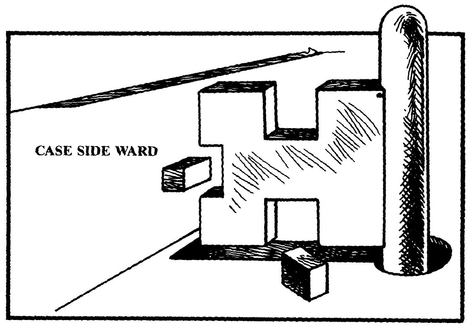
Figure 18. A warded lock.
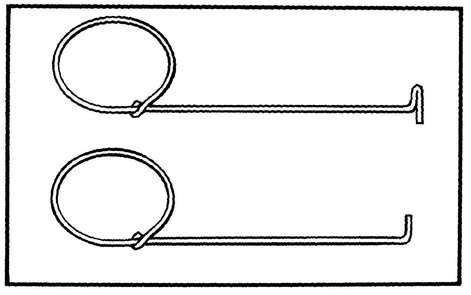
Figure 19. The T-shaped pick (top), and the L-shaped pick (above).
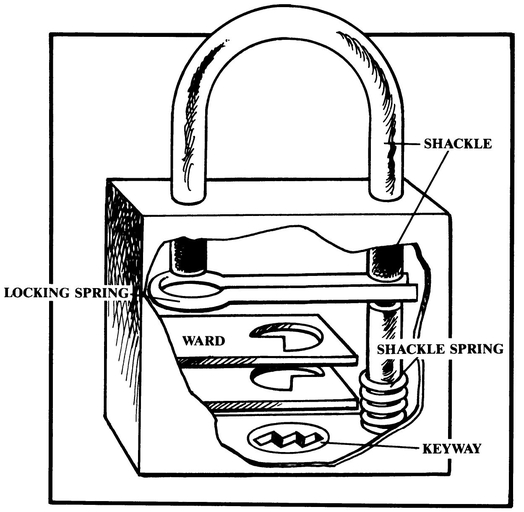
Figure 20. One cutaway view of a warded padlock.
By using a twisting action with the pick key, you can feel whether or not you have located the actuating spring or a stationary ward. When you have located the locking springs, gently twist the pick key to open it. Push in on the shackle while doing this and release to hold each spring if it is a two-spring warded padlock. Working back and forth in this manner will open the padlock.
Most warded padlocks have only one locking spring. They are small, and they are the ones you should start with. The bigger ones do have two springs, and you should work one spring at a time while slightly working the shackle in and out until it pops open.
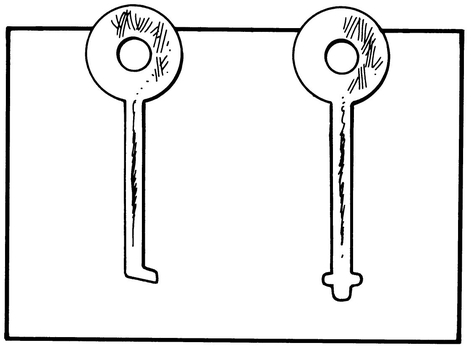
Figure 22. Of the Five Magic Keys, the lever lock key is on the left, and the large single spring warded key is on the right.
Lever locks are slightly more complex than warded locks. You have to catch the right levers to activate the bolt or shackle spring to unlock the lock. Again, feel has a major role in opening these locks—you have to search for the spring-loaded levers and rotate them 45 degrees in the direction of the lever location; in other words, turn towards the side on which the levers are located.
For desk-type lever-locks, there are two parts that have to be moved to open or close them—the lever and the bolt. If you were to put pressure against the bolt and push it in, you will notice that the “stop” will not allow it to go in since it hits the levers.
If the levers are raised to their respective heights, the bolt can be operated to open the lock by motion of the key. When the proper key is inserted in the lock, the notches in the key are cut so that they line up all the levers and allow the stop to enter the gates. At the same time, the key forces the bolt in or out.
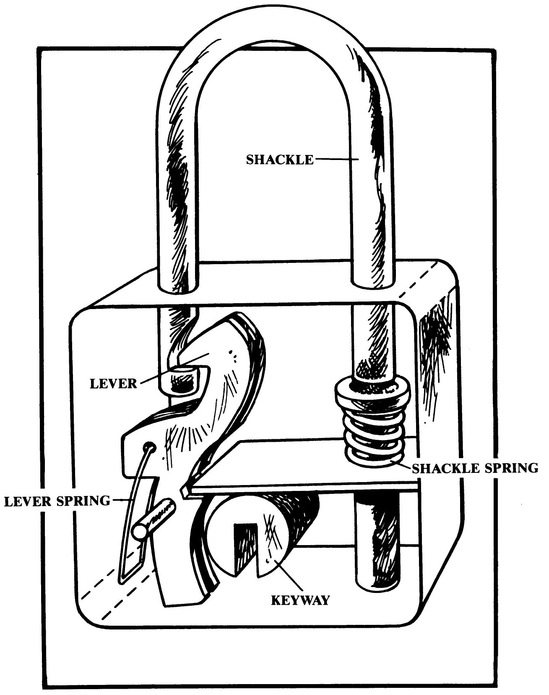
Figure 23. A simple lever padlock.
In order to pick the lever-lock, you are going to have to line up the levers and draw the bolt back to the open position. Remember, if this lock is still in the desk, you will not be able to see any of the moving parts unless you use a penlight. By rotating the keyhold guide while shining your light in the keyway, you will be able to locate the levers.
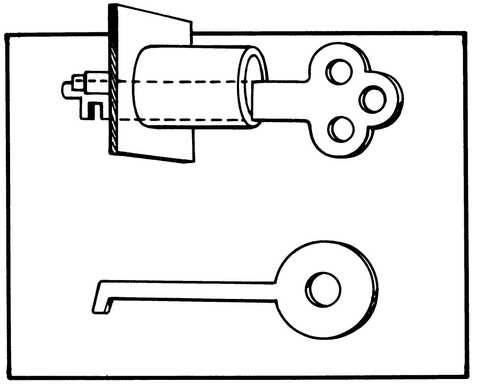
Figure 24. At the top is a lever key in its keyhole guide. Use the lever-lock Magic Key (above) to pick the lever-lock.
Using the L-shaped lever pick, you can push back the levers and catch the bolt using a turning motion in a searching fashion. This will take some practice but once you have opened it, it will become easier each successive time. Practice with an unmounted lock.